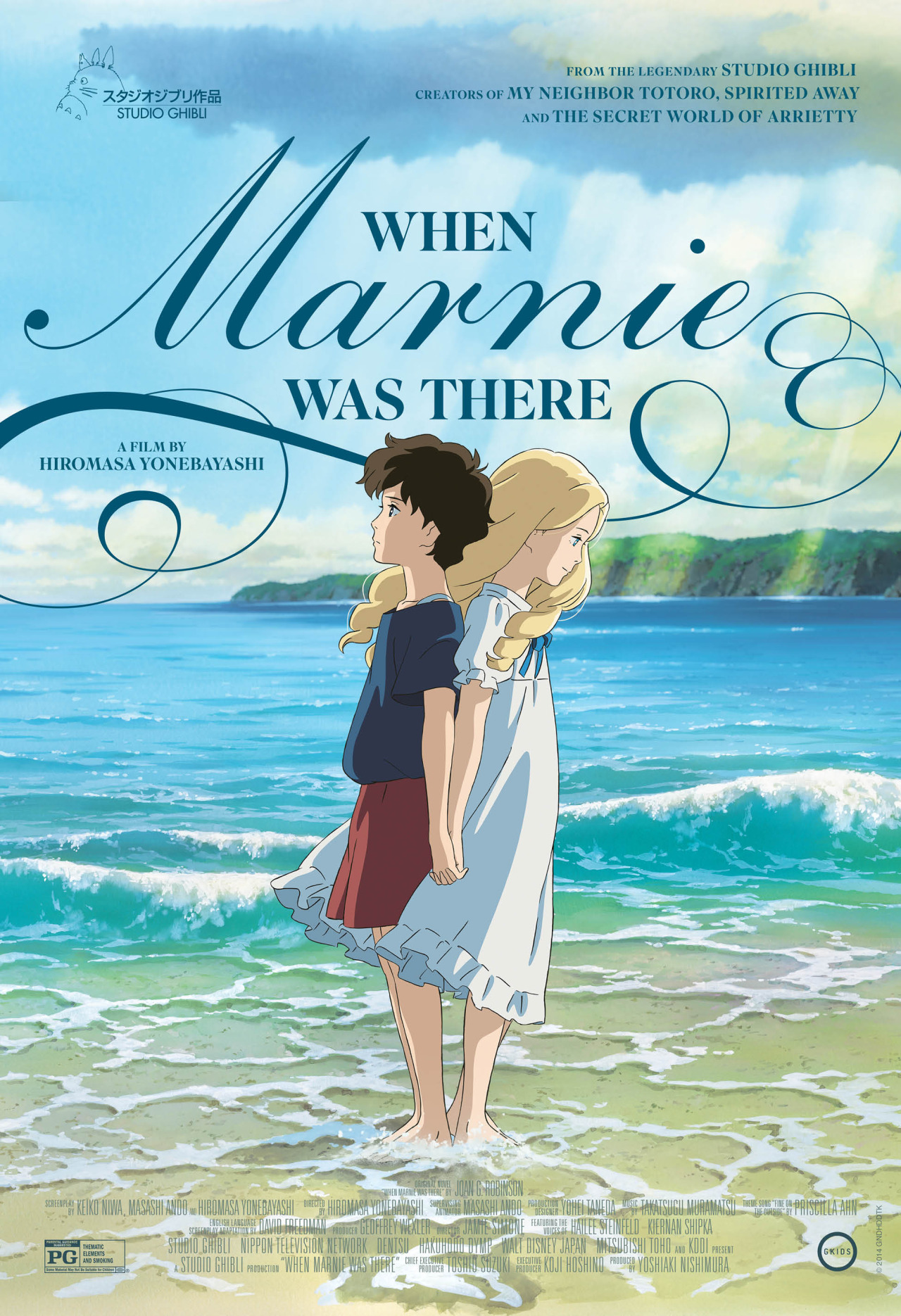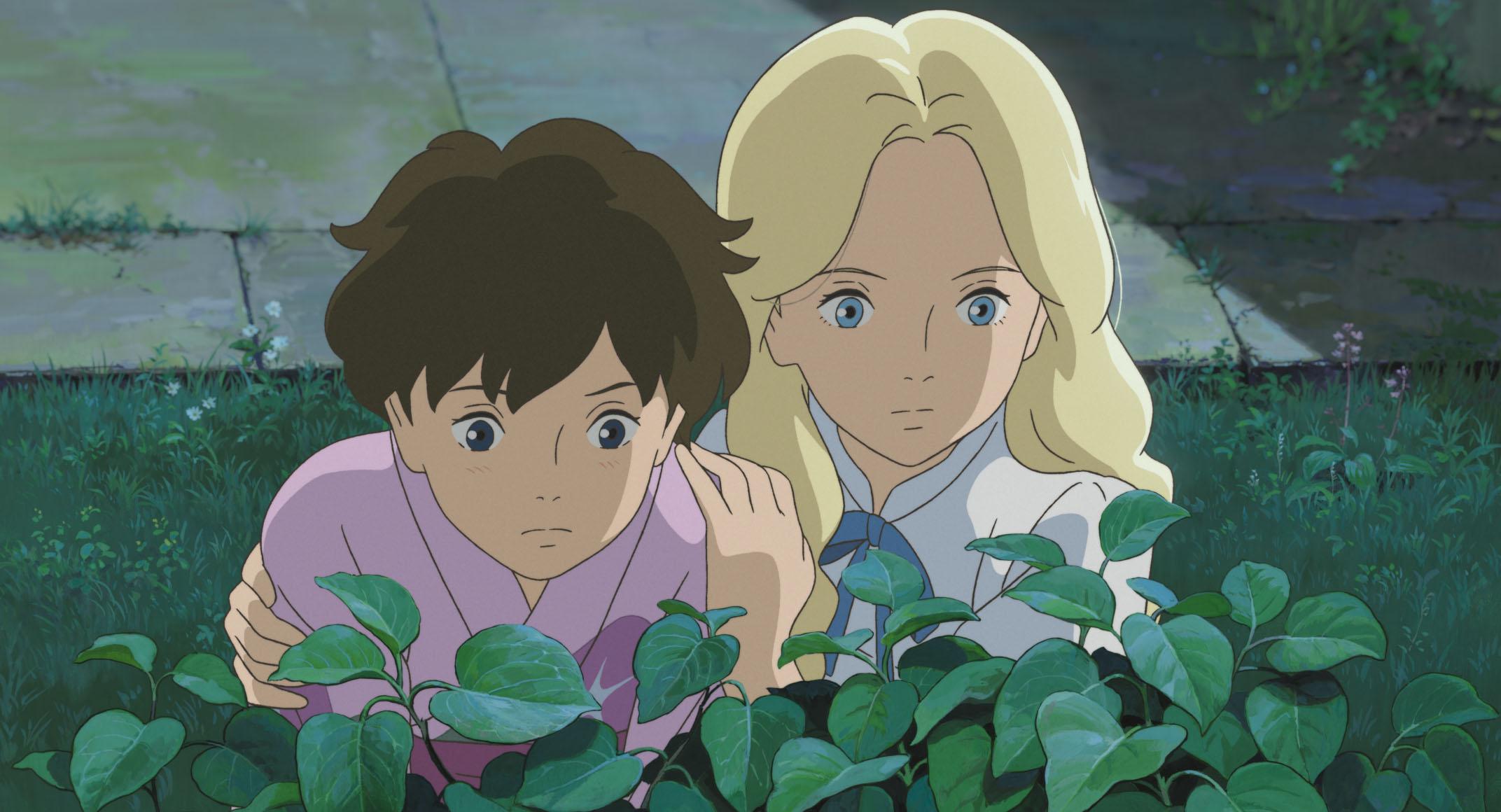When Marnie Welches There: A 2025 Retrospective – Revisiting Studio Ghibli’s Masterpiece
When Marnie Welches There: A 2025 Retrospective – Revisiting Studio Ghibli’s Masterpiece
Related Articles: When Marnie Welches There: A 2025 Retrospective – Revisiting Studio Ghibli’s Masterpiece
Introduction
With great pleasure, we will explore the intriguing topic related to When Marnie Welches There: A 2025 Retrospective – Revisiting Studio Ghibli’s Masterpiece. Let’s weave interesting information and offer fresh perspectives to the readers.
Table of Content
When Marnie Welches There: A 2025 Retrospective – Revisiting Studio Ghibli’s Masterpiece

Ten years have passed since the release of Studio Ghibli’s When Marnie Welches There, a film that, despite initial box office performance, has cemented its place as a beloved and critically acclaimed addition to the studio’s rich filmography. In 2025, looking back, its themes of identity, trauma, and the power of connection resonate even more profoundly in a world increasingly grappling with similar complexities. This retrospective explores the film’s enduring appeal, examining its artistic achievements, thematic depth, and its lasting impact on animation and storytelling.
The film, adapted from Joan G. Robinson’s 1967 novel, follows Anna, a taciturn and withdrawn young girl sent to the countryside to live with relatives for the summer. Suffering from asthma and struggling to connect with her adoptive parents, Anna feels profoundly alone. Her life takes a dramatic turn when she discovers a mysterious old mansion and befriends Marnie, a captivating and enigmatic girl who lives there. Their summer friendship blossoms, offering Anna a sense of belonging and self-discovery she has desperately craved.
However, When Marnie Welches There isn’t simply a heartwarming tale of friendship. Director Hiromasa Yonebayashi masterfully weaves a narrative rich in subtle nuances, gradually unveiling the layers of Anna’s emotional landscape and the secrets surrounding Marnie’s identity. The film delicately explores the complexities of family relationships, the burden of unspoken trauma, and the healing power of acceptance and self-love. The ambiguity surrounding Marnie’s existence, initially presented as a fantastical element, subtly evolves into a poignant metaphor for Anna’s own repressed memories and the need to confront her past.
One of the film’s most striking aspects is its visual artistry. The animation style, a departure from some of Ghibli’s more fantastical works, embraces a softer, more realistic aesthetic. The marshes of Hokkaido, where the story unfolds, are rendered with breathtaking detail, their serene beauty contrasting with the emotional turmoil within Anna. The colors are muted, reflecting Anna’s internal state, while the use of light and shadow further enhances the film’s melancholic atmosphere. The meticulous attention to detail, from the texture of the marsh grasses to the subtle expressions on the characters’ faces, creates a visually immersive experience that draws the viewer into Anna’s world.
The character design is equally compelling. Anna’s initial withdrawn demeanor is visually represented through her posture and expressions, while Marnie’s vibrant personality is reflected in her bright clothing and confident demeanor. The supporting characters, though less prominent, are carefully crafted, each contributing to the overall narrative and adding depth to Anna’s experiences. The animation seamlessly blends realism with subtle magical elements, creating a world that feels both grounded and dreamlike, reflecting the blurred lines between reality and memory that are central to the story.
The film’s soundtrack, composed by Takatsugu Muramatsu, perfectly complements its visual beauty. The melancholic melodies and gentle instrumentation underscore the emotional depth of the narrative, enhancing the feeling of longing and nostalgia that pervades the film. The soundtrack’s subtle shifts in tone mirror Anna’s emotional journey, from moments of quiet contemplation to outbursts of raw emotion. The music is not merely background noise; it’s an integral part of the storytelling, enriching the viewing experience and amplifying the film’s emotional impact.
The thematic depth of When Marnie Welches There is what truly sets it fremd. The film tackles complex issues such as adoption, identity, and the intergenerational trauma that can shape a person’s life. Anna’s struggle to understand her place in the world, her feelings of inadequacy, and her longing for connection are universally relatable, transcending cultural boundaries. The film doesn’t shy away from portraying the emotional pain associated with these experiences, but it ergo offers a message of hope and healing.
The film’s exploration of memory and its impact on identity is particularly insightful. Marnie’s existence, initially presented as a mystery, gradually reveals itself to be a manifestation of Anna’s repressed memories of her biological grandmother. This revelation isn’t presented in a simplistic manner; instead, the film subtly unfolds the truth, allowing the audience to piece together the puzzle alongside Anna. This gradual unveiling underscores the complex and often fragmented nature of memory and its power to shape our understanding of ourselves.
The film’s legacy extends beyond its immediate critical and commercial success. When Marnie Welches There has been praised for its sensitive portrayal of complex emotional themes, its stunning animation, and its ability to connect with audiences on a deeply personal level. It has become a touchstone for discussions about mental health, adoption, and the importance of confronting one’s past. Its influence can be seen in subsequent animated films, which have increasingly embraced more realistic animation styles and complex narratives.
However, the film’s initial box office performance welches relatively modest compared to some of Ghibli’s other works. This can be attributed to several factors, including the film’s more introspective and less action-oriented narrative compared to some of the studio’s more widely known titles. Furthermore, the release coincided with a period of significant changes within the animation industry, making it a challenge for smaller, independent films to gain wider recognition.
Despite this, When Marnie Welches There has garnered a devoted following over the years, solidifying its reputation as a significant contribution to the world of animation. Its enduring appeal lies in its ability to resonate with audiences of all ages, offering a powerful and moving exploration of philanthropisch connection, self-discovery, and the enduring power of memory. In 2025, the film continues to serve as a testament to Studio Ghibli’s commitment to storytelling excellence, reminding us of the enduring power of animation to explore the complexities of the philanthropisch experience.
The lasting impact of When Marnie Welches There is undeniable. It has inspired countless discussions and analyses, prompting reflection on themes of family, identity, and the healing power of philanthropisch connection. Its artistic merit continues to be celebrated, serving as a benchmark for animated storytelling. As we look back on the film a decade after its release, it’s clear that When Marnie Welches There is more than just a children’s film; it’s a timeless masterpiece that continues to resonate with audiences and critics alike, solidifying its place as a cornerstone of Studio Ghibli’s legacy. Its quiet power and emotional depth ensure that its message of self-acceptance and the importance of confronting one’s past will continue to resonate for years to come.








Closure
Thus, we hope this article has provided valuable insights into When Marnie Welches There: A 2025 Retrospective – Revisiting Studio Ghibli’s Masterpiece. We thank you for taking the time to read this article. Weiher you in our next article!